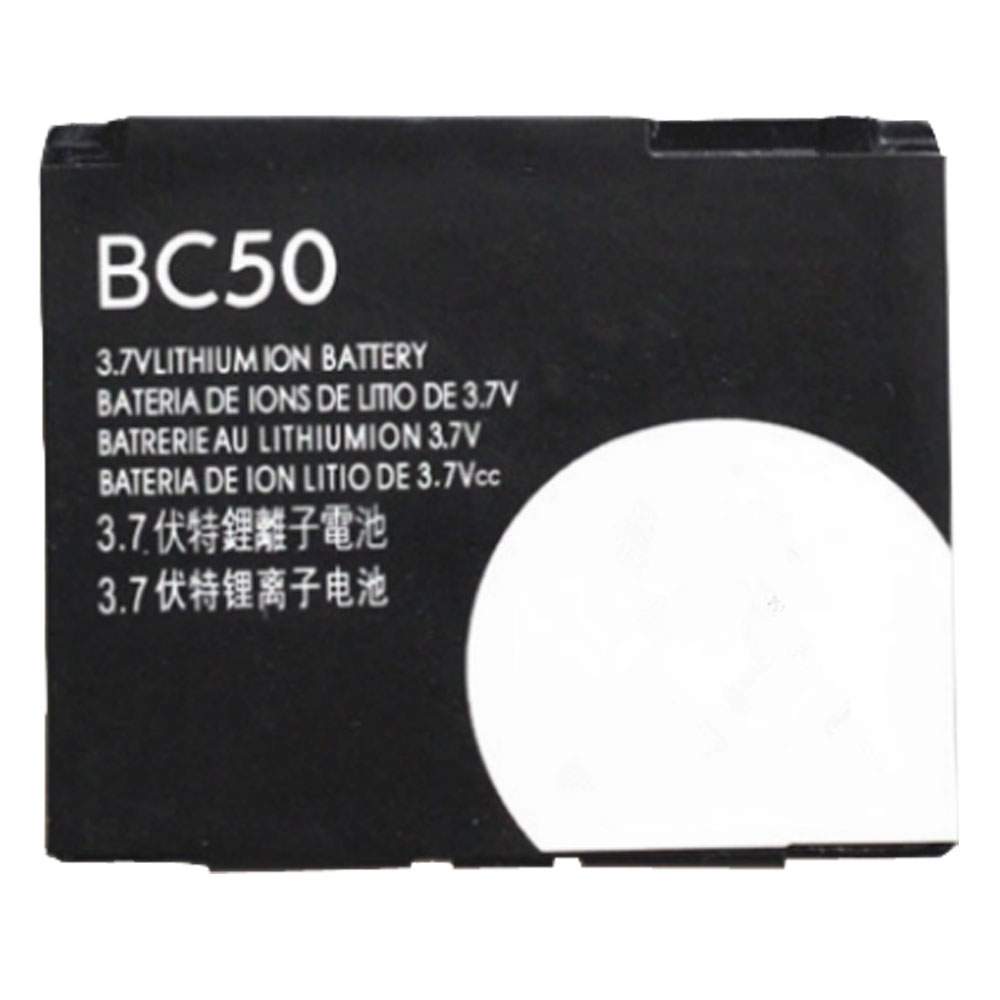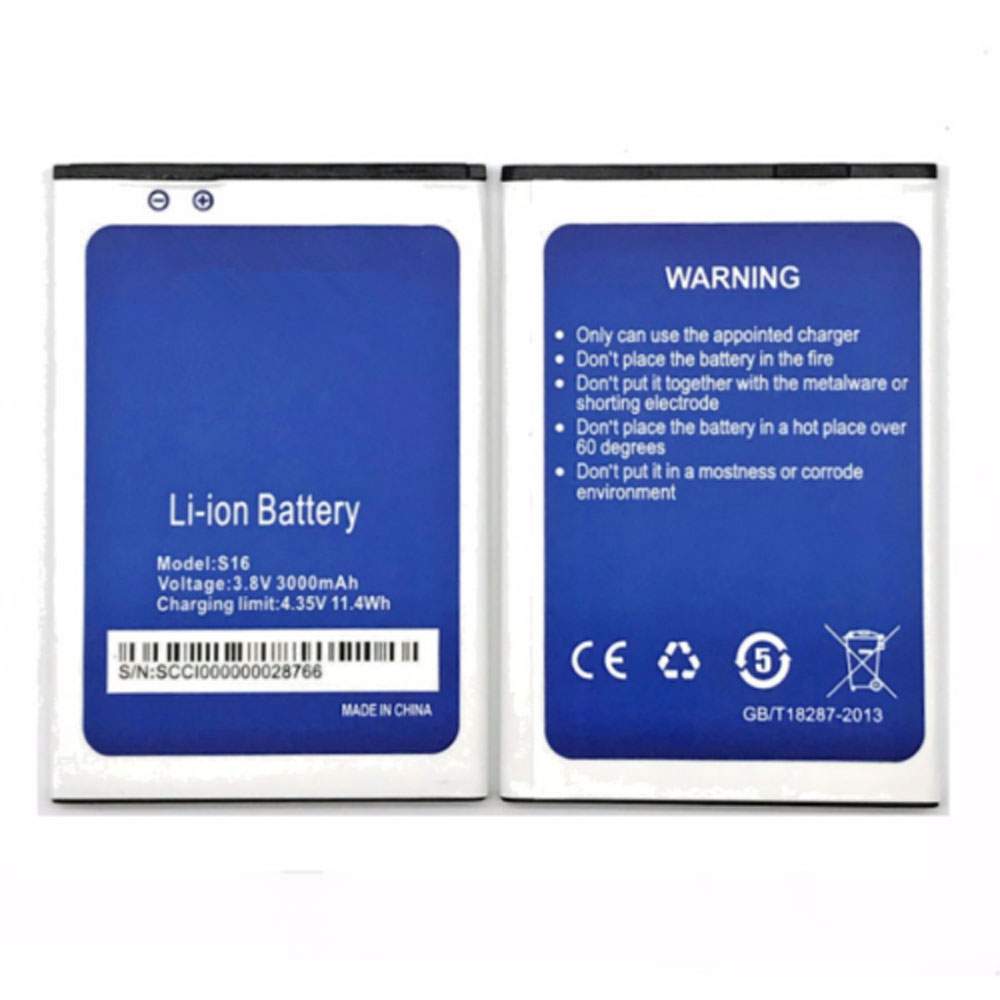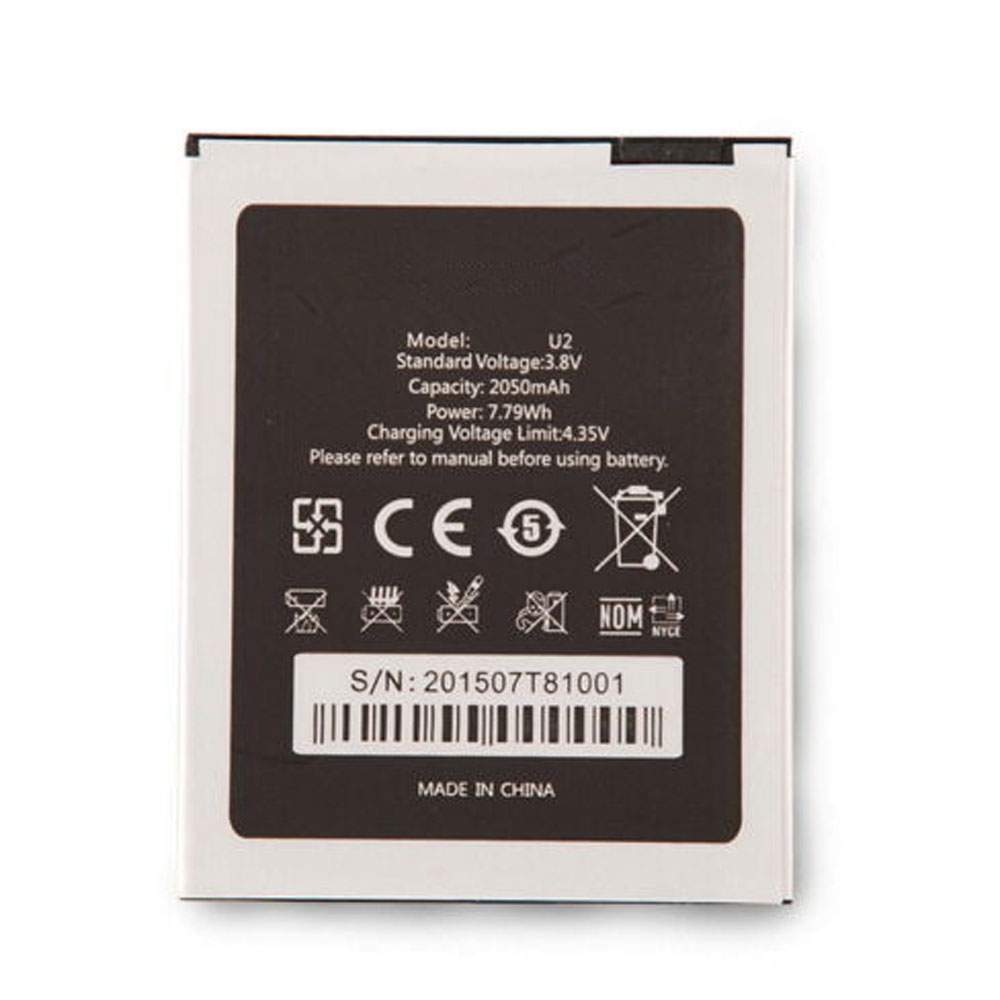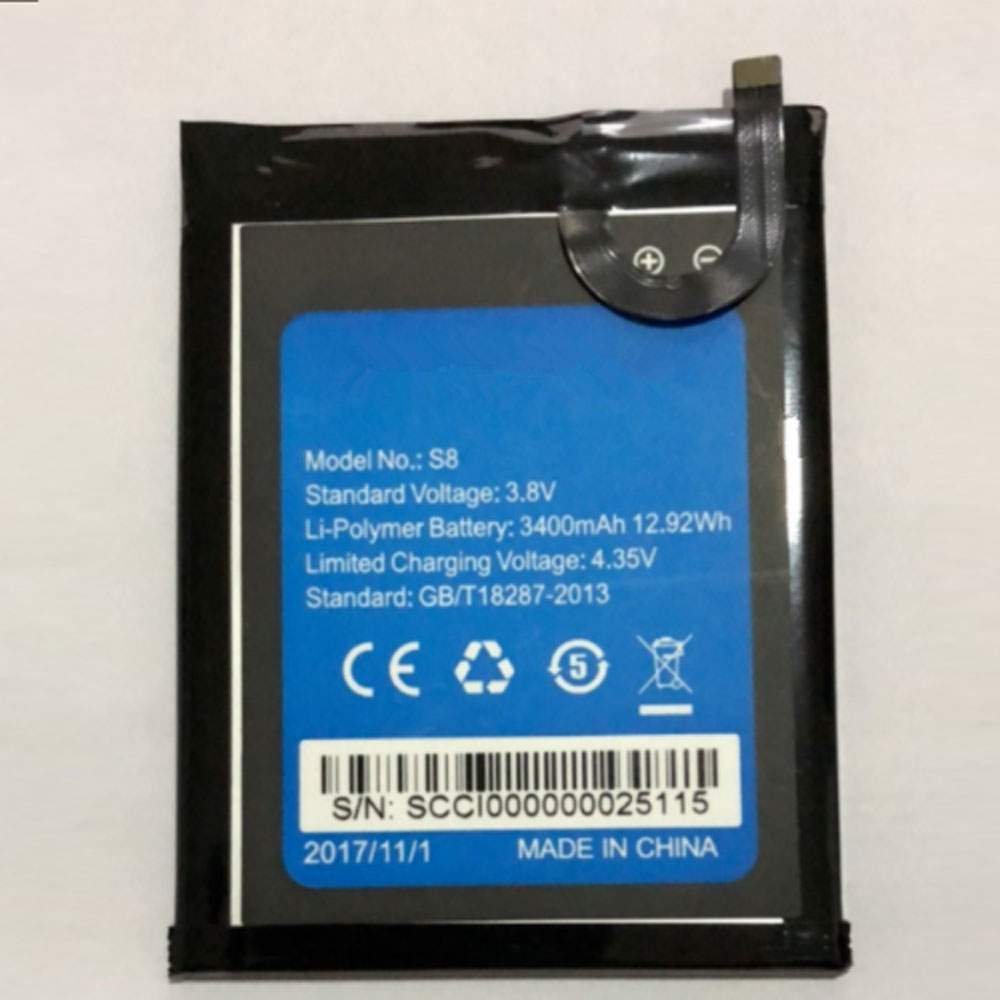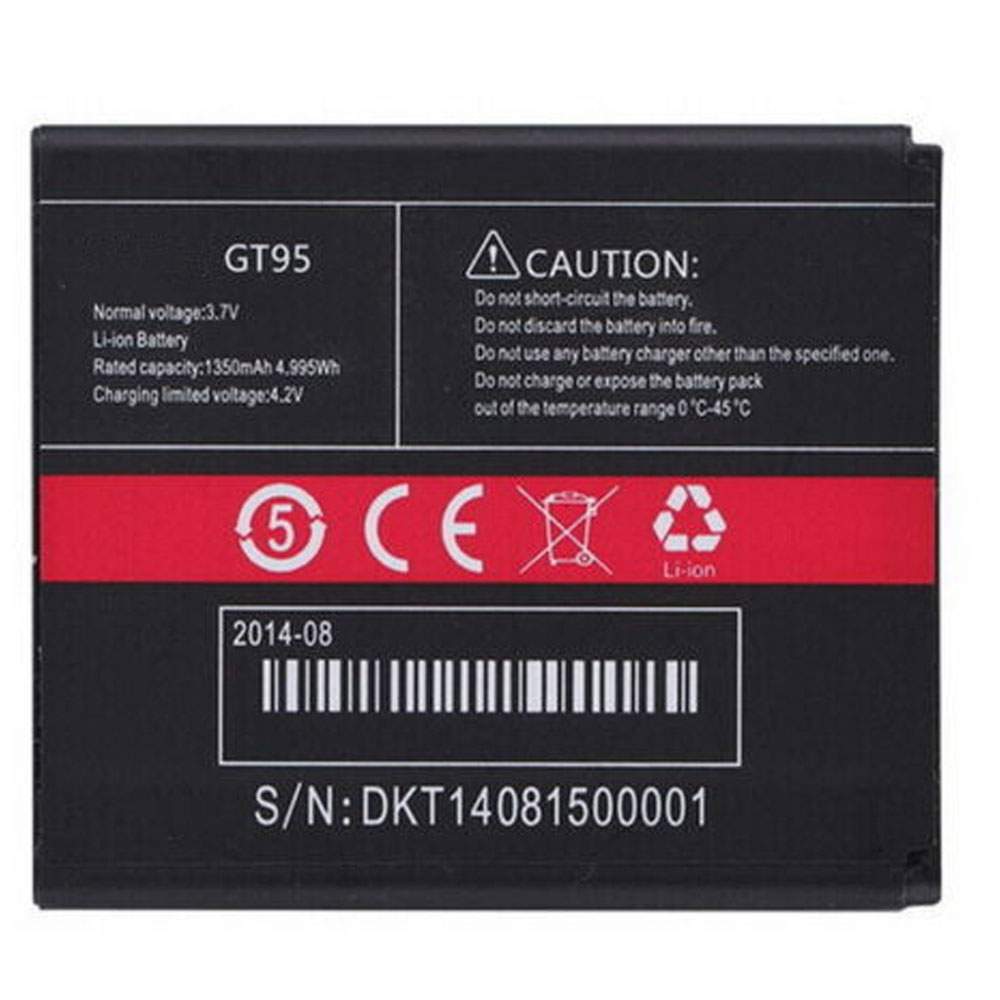When it comes to finding the best gaming mouse, what some require is optional for others. While the most hardcore gamers may seek a mouse sensor boasting the highest CPI counts, a braided cable and a pile of programmable buttons, mainstream or casual gamers can do with a little less.
The MSI Clutch GM30 (available for $50 – $60 as of this writing) isn’t quite entry-level but cuts costs with a lower CPI (counts per inch) count than some similarly priced rivals, as well as fewer buttons. But what it lacks there it makes up for with a fabulous design with RGB lighting and a build you’ll appreciate from your fingertips to your palm.
MSI Clutch GM30 Design and Comfort
The Clutch GM30 isn’t the lightest gaming mouse around, especially when compared to first-person shooter-focused ones offering lightweight designs that make flinging it across your best mouse pad a breeze. Instead, the Clutch GM30 has a bit of weight to it at 3.46 ounces (without the cable) compared to the honeycomb-style Glorious Model D’s 2.4 ounces or even the Razer DeathAdder V2 (2.9 ounces). But it’s still on par with something like the HyperX Pulsefire Raid (3.35 ounces). Very competitive gamers seeking a lightweight design should look elsewhere, but others might appreciate the Clutch GM30’s substantive feel.
The matte black Clutch GM30 measures 5.03 x 2.01 x 1.38 inches (LxWxH), which is pretty standard (the Deathadder V is 5 x 2.43 x 1.68 inches). It’s the perfectly curved rear (hello!) that made it fit so nicely in the palm of my hand that I almost thought the mouse was made for me.My palm made a home there similarly to how my cheek does a well-fluffed pillow.
MSI targets the Clutch GM30 toward gamers with medium-sized hands who use palm or claw grips. Either grip style both offered me long-term comfort and easy accessibility to the Clutch GM30’s two programmable and polygonal side buttons.
Speaking of programmable buttons, there are six in total, including the left and right buttons, scroll wheel and CPI button south of the scroll wheel. The CPI button lives in a small channel that also makes a great spot for resting the index finger during long scroll sessions.
The sides of the mouse are also slightly comfortable resting places, thanks to double-injection soft rubber “dragon scale grips.” I’ve felt softer and cozier, but these areas are softer than the rest of the plastic mouse and have enough texture to prevent slipping. Plus, the “scales’” rigidness may help with durability over the months (although I’ve only had the mouse for about 10 days).
Meanwhile, the thick scroll wheel, with aggressive tire-like markings, has a forgettable feel that isn’t as slick or desirable as those of other mice I often use, such as the Cooler Master MM711 or even the non-gaming Microsoft Wireless Mouse 4000. There were no issues with the wheel’s stepped movements. But for heavy scrolling it’d be nice to have the option to switch to a smooth-gliding wheel, such as seen in the more expensive Razer Basilisk V2 gaming mouse ($80 at the time of writing) or productivity-focused Logitech MX Master 3 (about $100).
The MSI Clutch GM30 provides RGB fanatics with three independently-controllable RGB zones (more in the Features and Software section): the scroll wheel, the channel framing the CPI button and the Lucky Dragon logo kissing the palm. It’s nice for so much of that to be in between the left and right buttons, where they’ll usually remain visible. The mouse looks best with prismatic effects flowing from the top of the scroll wheel down to the dragon logo.
Unfortunately, the Clutch GM30’s wire isn’t braided and looks as vulnerable to damage as any other typical, standard cable. But at least its connector seems pretty solid with extra thick plastic and gold plating inside. Additionally, the cable has a plastic casing to ensure that that part of the cable stays 4.8mm (0.19 inch) off the desktop. You can slide that rubber bit up and down the wire with a good amount of effort.
After about 10 days of using this mouse regularly, I noticed a lot of dust gathering in cracks on the mouse’s underside, but you’ll rarely look there. And if you do, hopefully the additional dragon will garner most of your attention instead.
MSI Clutch GM30 Gaming Performance
The MSI Clutch GM30’s optical PixArt PAW3327 sensor fared well in the Nordlys story of Battlefield V. At work here is a sensor with polling rates of 125, 250, 500, or a speedy 1,000 Hz with 30G acceleration and a max tracking speed of 220 IPS. The CPI switch toggles between 400, 800, 1,600, 3,200 or 6,200 and was easy to swap through on the battlefield without straining my pointer finger, as I was easily able to reach into the groove where it lives with the tip of my finger or, more easily, the middle of the index.
Other mice in this price range bring higher CPI counts (the DeathAdder V2 goes up to 20,000, and the PulseFire Raid goes to 16,000). But I could easily do rapid scans of the Norwegian battlegrounds and quickly stop to pinpoint an enemy’s small helmet. The mouse also kept up with my most erratic movements, such as jerking my head about to locate an enemy.
Another standout for gaming was the clickiness of the left and right buttons’ Omron switches. They’re supposed to be durable and last for over 20 million clicks. In our testing, they offered a snappy responsiveness that you don’t see with other gaming mice, such as the Cooler Master MM711. During rapid-fire attacks the two buttons felt as eager as I was to jump into action with audible, sure clicks to accompany the bangs of the MP40.
The scroll wheel offers line-by-line movement and doesn’t move far, even with my most powerful flicks. In games where I would do a lot of scrolling, like if I used it to spam a critical attack, it’d get a little tiring.
While gaming, it was easy to engage either of the two angular side buttons because my thumb was usually resting on them and they jut out sharply. If I had my way, the front one would be a slightly further back so that it’d be as easy to press as the back one.
The mouse’s cable never snagged during gameplay or work during my week-and-a-half with it. It’s purposely elevated 4.8mm, and the plastic casing really helped ensure that, plus I could slide that down to make sure the cable never became a drag.
MSI Clutch GM30 Features and Software
The Clutch GM30 is supposed to work with MSI’s Dragon Center app for controlling features like RGB lighting and programmable buttons. However, the software wouldn’t install properly at the time of writing. I reached out to MSI, which confirmed the issue. For now, that means the mouse has limited customization options, including, sadly over use of the six programmable buttons.
The pointer’s RGB lighting is still wowing me, but I don’t have easy control of its effects. Sans software, you can control the lighting effects by holding down the CPI switch and one of the other buttons. You can still change brightness (3 levels, plus off), switch lighting effects (9 modes, including steady, breathing, radar and whirlpool, plus off) and change speed, direction or color and fade off spee). Of course, none of this is as seamless — or seamless at all — without software.
Bottom Line
The MSI Clutch GM30 is a winner when it comes to design. Despite its dragon emblem and RGB lighting, it looks tasteful. More importantly, its well-curved design, snappy Omron switches, textured side grips and easily accessible buttons make long-term use — whether gaming or doing work — not only a breeze, but enjoyable.
Similarly priced rivals, such as the HyperX Pulsefire Raid ($60) and Razer DeathAdder V2 ($70), bring higher CPI counts and more buttons. But the average gamer will be able to navigate games well with the MSI Clutch GM30.
For a palm/claw grip companion that your hand will gravitate toward and good-looking RGB, the MSI Clutch GM30 is a well-priced choice. If only we could get some working software.
